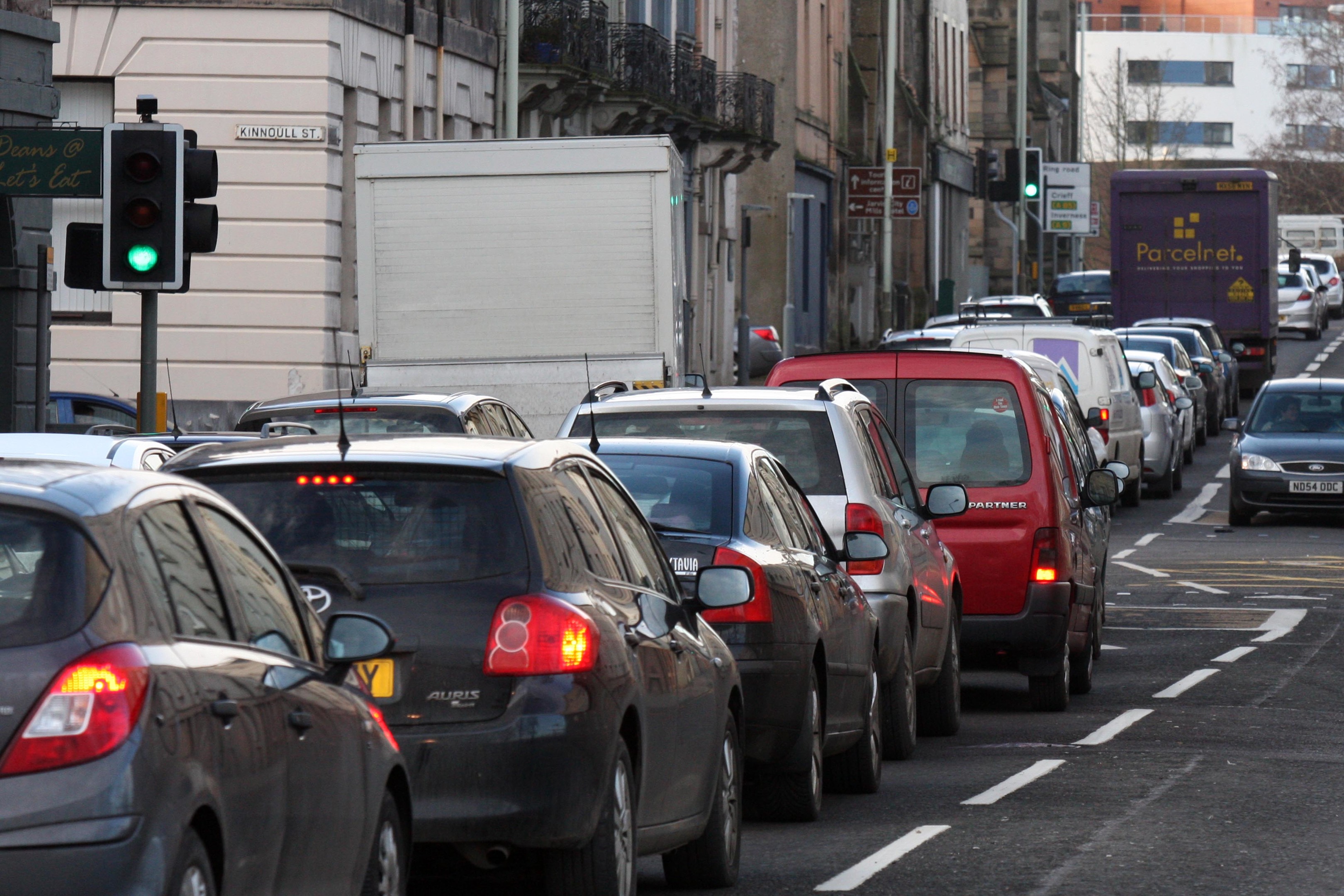High emission vehicles could be banned from certain streets in Perth and Crieff under radical plans to improve air quality.
Council bosses are considering a range of options to tackle pollution at some of its most congested routes.
In the past few years, nearly £170,000 has been spent on a range of measures to clean up the city.
However, a report which goes before Perth and Kinross Council’s environment committee this morning suggests that more action needs to be taken.
It comes after Atholl Street in Perth city centre was named one of Scotland’s most polluted roads with an annual average of 48 microgrammes of nitrogen dioxide detected per cubic metre. The legal limit is 40.
A report by the council’s principal environmental health officer Kirsty Steven calls for a taskforce – the Corporate Air Quality Working Group – to be set up to develop a strategy to improve air quality, in line with the Scottish Government’s Cleaner Air for Scotland (CAFS) framework.
Ms Steven states that Perth and Crieff could benefit from the creation of a Low Emission Zones.
This would involve setting minimum emission standards for a defined area and either charging or excluding vehicles which don’t meet those standards.
A similar larger scheme was introduced in central London nine years ago.
Another proposal is to establish a Clean Air Zone which would look at setting up different entry standards for the most polluting vehicles.
Certain traffic, based on weight, could also be stopped from entering polluted areas at certain times of the day.
The council may also carry out a wider appraisal of its traffic management strategy and could attach air quality conditions to licenses for taxis and buses.
Ms Steven said: “The application of such controls has yet to be determined, but could have significant future impacts in these areas.
“However, there also exists the opportunity to consider a modern, multi-disciplinary approach to city development and alternative travel.”
The council has received an extra £140,000 of Scottish Government funding to fight air pollution over the coming year.
Nearly £120,000 was received in 2015 to implement a range of measures including encouraging children to walk and cycle to school and bus interchange improvements in Crieff.
Four air quality monitors have been installed to measure pollutant levels round-the-clock.
Ms Steven said: “An internal regulatory service steering group on air quality was recently formed to assist in progressing a more integrated approach to air quality.
“However, it is clear that, as air quality is a council-wide responsibility, that positive action will only be realised via a more strategic approach supported through local political leadership.”
Roseanna Cunningham MSP, cabinet secretary for climate change and the environment, wrote to all council chief executives last year, requesting their support of the Scottish Government’s CAFS strategy.
Campaigners say that air pollution causes 2,000 deaths in Scotland each year at a cost of more than £1 billion to the economy.
